
Five Reasons to Sit Less
Technology is incredible. It’s connected the world in ways we could have never dreamed about just a couple of decades ago. But there’s a dark side of technology when it comes to our health, both physically and mentally. One aspect to consider is the harmful effects of sitting.
 In the 1960s, more than 50% of people had a job that involved moderate physical activity. Today, however, it adds up to less than 15%! That difference means that far too many people today are sedentary and not using their body in the way it was meant to be used.
In the 1960s, more than 50% of people had a job that involved moderate physical activity. Today, however, it adds up to less than 15%! That difference means that far too many people today are sedentary and not using their body in the way it was meant to be used.
The human body was made to move. Not so many years ago, we spent most of our day moving around. Standing and walking prevents repetitive stress and muscle degeneration from taking a toll on our health.
But that is far from the only reason to reduce the amount of time you spend sitting on any given day. Here are five more great reasons:
- Research shows that inactivity is linked with obesity, Type II diabetes, some cancers, and earlier death. In fact, the World Health Organization ranks physical inactivity as the fourth largest killer in the world!
- You’ll experience lower metabolism. When you sit, it lowers your metabolism. And when your metabolism is low, the body is slow to clear fat out.
- You can avoid experiencing chronic pain. When you sit for too long, pressure is placed on various parts of your body. That includes your lower back, which is a common source of pain for people who sit for much of the day!
- Who wouldn’t want to have more energy? When you move less, you don’t have as much energy. Taking walks and breaks during the day where you get up and move can increase your energy levels.
- Your mental health matters, too. You might not connect sitting and your psychological health right away. But if you’re inside and your only connection to others is via your computer, it can seriously affect your mental well-being, too.
There is one final component you might want to consider: your posture. When you sit, you put pressure on your lower back, as opposed to standing, when weight is more distributed evenly in the body. The pressure on your lower back causes your pelvis to rotate backwards. In addition, your head often moves into a forward position.
The effects of this? Low back pain, neck pain, headaches, and overall muscle tension.
There’s another source of help to consult if you are concerned about what sitting might be doing to your body: us. We will will work with you to identify where in your body is being harmed by the effects of sitting, then provide the personalized care you require. In addition, we will be able to offer you useful advice on how to sit without adverse effects on your health, as well as tips on what you can do during your day to make sure your body gets much-needed breaks throughout the day.
Do You Need to Take a Multivitamin?
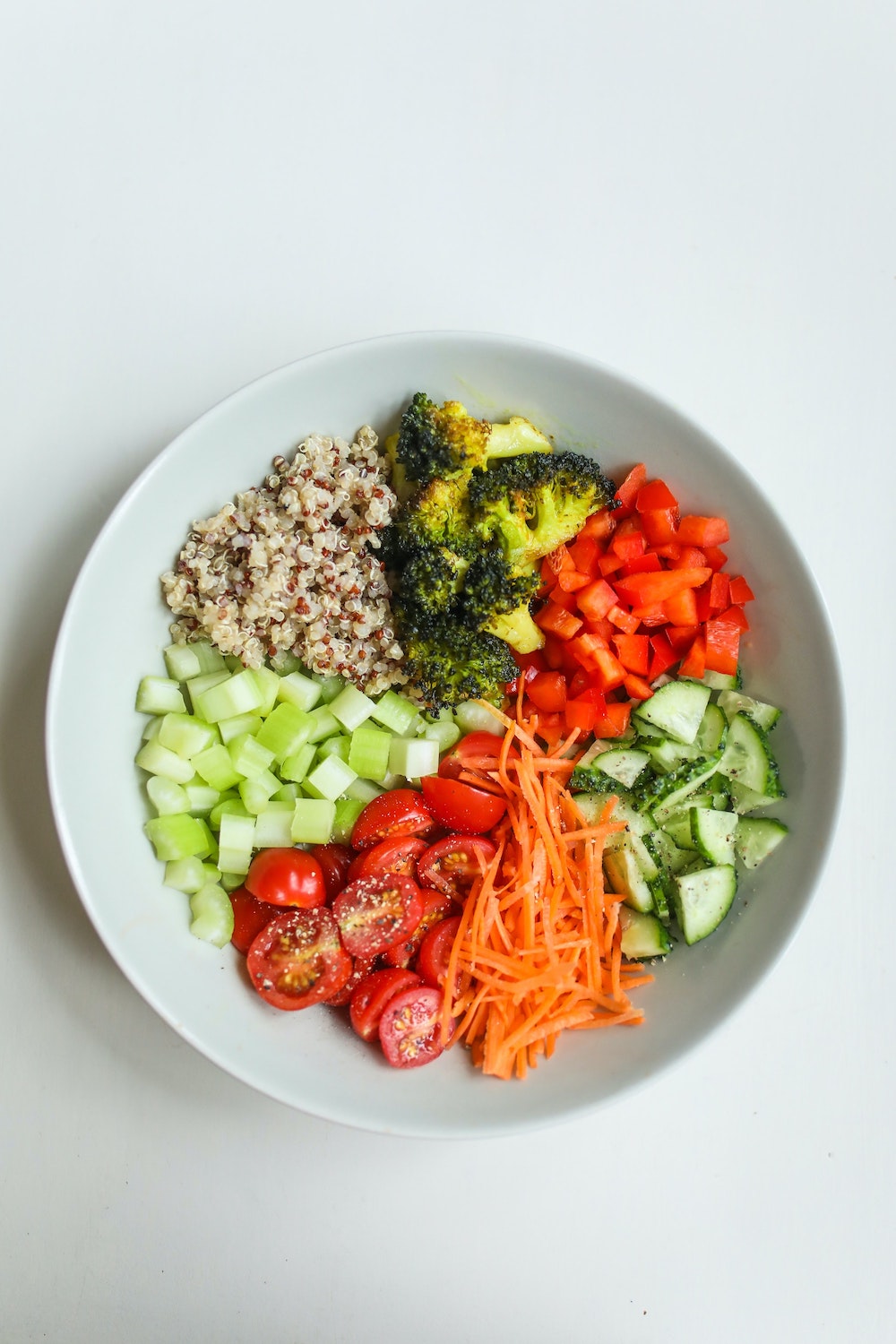 Health and wellness is a trillion-dollar industry. Now more than ever, people are taking a vested interest in their own well-being. We’ve seen the popularization of types of exercise such as yoga and Pilates. People are drinking green juices and religiously avoiding junk food. There’s a high level of awareness about which daily choices are helping our health, and harming our health.
Health and wellness is a trillion-dollar industry. Now more than ever, people are taking a vested interest in their own well-being. We’ve seen the popularization of types of exercise such as yoga and Pilates. People are drinking green juices and religiously avoiding junk food. There’s a high level of awareness about which daily choices are helping our health, and harming our health.
Within this, one major component is the supplement industry. Store shelves are packed with vitamins and minerals that are huge sellers. Many supermarkets have an entire section that is solely dedicated to bottle after bottle of nutrition supplementation.
You’ve likely wondered if you need to take a supplement. Or perhaps you already are, but you’re unsure whether it’s doing anything for you!
Are you flushing money down the drain? Or putting in place a much-needed insurance plan? Read on to learn more.
A Lot Depends On Your Everyday Choices
There are plenty of people who love kale…and plenty of people who can’t stand it. The same goes for tons of other nutritious foods, including berries, broccoli, and fish.
If you have a strong dislike of a food that you know is chock-full of nutrients, and you aren’t getting those same nutrients from another source of food, it’s likely a good idea to look into supplementation. Taking a multivitamin is a simple way to make sure that you don’t become deficient.
It should also be stated that our crops today aren’t as nutrient-rich as they once were. Decades of growing in the same soil means that many foods may be depleted, and don’t have the nutrient profile that they once did. For that reason, many health professionals recommend taking a multivitamin no matter how health-conscious you are about what you’re eating.
You should also think about what a lack of a certain nutrient may lead to. If you lack a vital micronutrient, you may experience impaired immune function and have a greater susceptibility to chronic disease and illness.
What to Look Out For
The biggest problem with vitamins is this: the industry isn’t regulated. That means what is on the ingredient label, or even the daily value label, may not match the product inside of the bottle.
Do your research when it comes to vitamins. Some products have an incredibly high quality of nutrients and are vetted by a nonprofit third party, while others have been found to falsify information.
Because of that, a high degree of caution must be exercised when choosing a multivitamin supplement.
That’s not the only reason to be careful reading labels and choosing your multivitamin. It’s not a magic bullet. For example, if you are deficient in calcium or fiber, most multivitamins do not contain these nutrients. You may need to take more than one to make up for what’s missing from your diet.
There’s one other consideration to think about: be sure you’re not going over your recommended daily value for vitamins and minerals without checking with your health provider first.


 A concussion can result from direct or indirect head trauma that can lead to internal bruising, bleeding, tissue damage, increased intra-cranial pressure, and can alter the brain’s ability to function properly. If left untreated (and if it is treated but is severe) this injury could potentially lead to physical, emotional, and cognitive symptoms like amnesia, dizziness, fatigue, difficulty concentrating and headaches.
A concussion can result from direct or indirect head trauma that can lead to internal bruising, bleeding, tissue damage, increased intra-cranial pressure, and can alter the brain’s ability to function properly. If left untreated (and if it is treated but is severe) this injury could potentially lead to physical, emotional, and cognitive symptoms like amnesia, dizziness, fatigue, difficulty concentrating and headaches. The average person will spend 2+ hours a week driving, if you live in a big city this can be up to 5 hours sitting in traffic. This combination of prolonged sitting and the stress that traffic can induce is a recipe for stiff shoulders, migraines, and back pain. Taking breaks during road trips is a must, doing some simple stretches during an every day drive can save you from discomfort, and for those who drive for work… it’s all about the breaks AND the stretches.
The average person will spend 2+ hours a week driving, if you live in a big city this can be up to 5 hours sitting in traffic. This combination of prolonged sitting and the stress that traffic can induce is a recipe for stiff shoulders, migraines, and back pain. Taking breaks during road trips is a must, doing some simple stretches during an every day drive can save you from discomfort, and for those who drive for work… it’s all about the breaks AND the stretches. 
 Clearly, the person who started this one never understood what chiropractors actually do! A first visit always involves a thorough assessment process to ensure that you are a suitable candidate for chiropractic care. It’s true that each visit may build on the next, adding up to cumulative results. Recommendations for any continuing care, however, are made on an individual basis. What is best for one person will not necessarily be what works best for the next.
Clearly, the person who started this one never understood what chiropractors actually do! A first visit always involves a thorough assessment process to ensure that you are a suitable candidate for chiropractic care. It’s true that each visit may build on the next, adding up to cumulative results. Recommendations for any continuing care, however, are made on an individual basis. What is best for one person will not necessarily be what works best for the next.  So, what can you do to make sure you don’t join the staggering statistics of those affected by high cholesterol?
So, what can you do to make sure you don’t join the staggering statistics of those affected by high cholesterol? 
 And while those are certainly sources of sugar, there are likely plenty more that you aren’t aware of. Many people in today’s busy world need quick, processed foods when it comes to dinner or snacks during the day. These products, however, typically contain plenty of added sugar.
And while those are certainly sources of sugar, there are likely plenty more that you aren’t aware of. Many people in today’s busy world need quick, processed foods when it comes to dinner or snacks during the day. These products, however, typically contain plenty of added sugar. To tame the tension, consider stretching.
To tame the tension, consider stretching.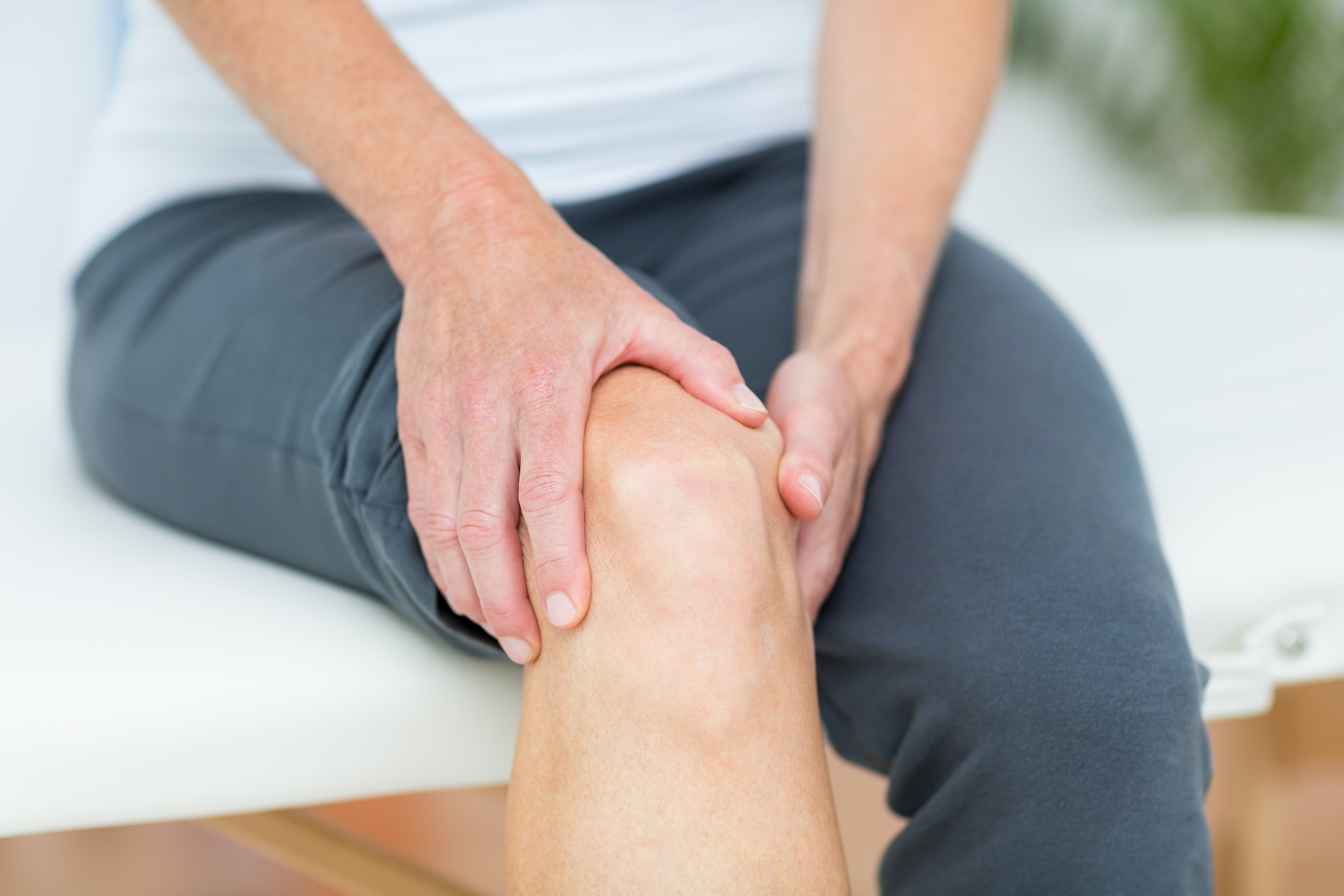
 The term “arthro” means joint, and “itis” refers to inflammation. There is no specific part of the body that arthritis affects; rather, it can happen anywhere. Most often, however, it affects the
The term “arthro” means joint, and “itis” refers to inflammation. There is no specific part of the body that arthritis affects; rather, it can happen anywhere. Most often, however, it affects the 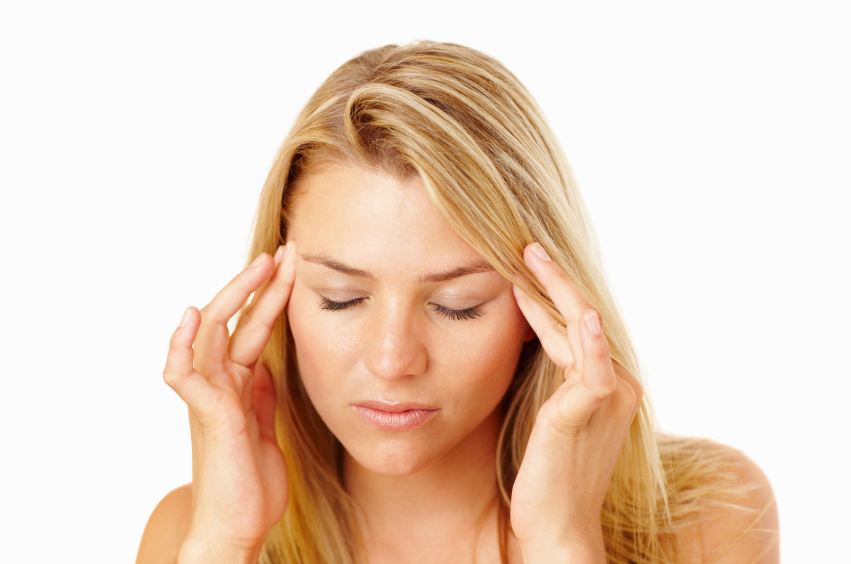 The most common include cervicogenic, tension, sinus, and migraines. Read on to learn more about the various types of headaches.
The most common include cervicogenic, tension, sinus, and migraines. Read on to learn more about the various types of headaches.
 Have you ever sat in an uncomfortable position, then shifted and had an uncomfortable tingling sensation in one of your limbs? Everyone has, but you may not have thought about
Have you ever sat in an uncomfortable position, then shifted and had an uncomfortable tingling sensation in one of your limbs? Everyone has, but you may not have thought about  If you’re like most people, you probably don’t spend much time considering the incredible complexity of the human body. But it’s important to think about when it comes to pain and injury. The shoulder joint, in particular, is prone to having complex injuries. That’s because the joint is one of our most mobile – which also means there isn’t much stability present.
If you’re like most people, you probably don’t spend much time considering the incredible complexity of the human body. But it’s important to think about when it comes to pain and injury. The shoulder joint, in particular, is prone to having complex injuries. That’s because the joint is one of our most mobile – which also means there isn’t much stability present. 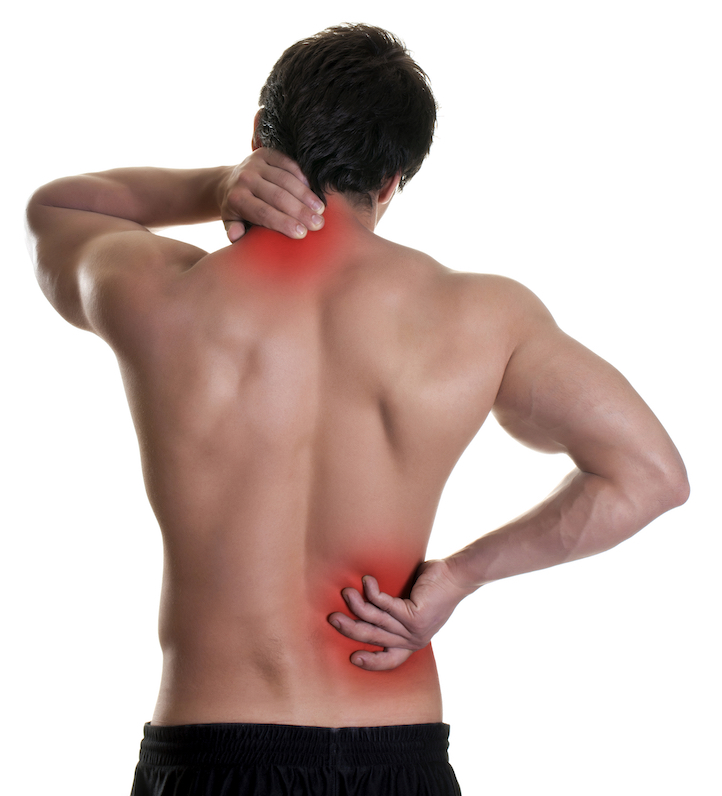
 So, what exactly is tech neck?
So, what exactly is tech neck?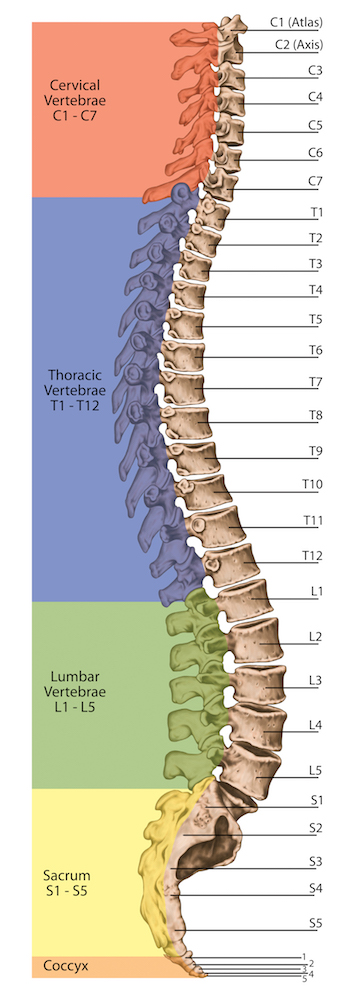 There are plenty of people who have heard of Chiropractic but aren’t sure exactly what a chiropractor does. Still others might know some common myths about Chiropractic, but don’t have a first-hand experience.
There are plenty of people who have heard of Chiropractic but aren’t sure exactly what a chiropractor does. Still others might know some common myths about Chiropractic, but don’t have a first-hand experience.
 And for good reason.
And for good reason. You know how great it feels to wake up refreshed in the morning. Did you also know it’s vital to your brain? For example, during the hours you’re sleeping, your brain sorts, stores, consolidates, and learns from the experiences you’ve had throughout your day. So, if you want to be able to retain information and learn well, you must get adequate sleep.
You know how great it feels to wake up refreshed in the morning. Did you also know it’s vital to your brain? For example, during the hours you’re sleeping, your brain sorts, stores, consolidates, and learns from the experiences you’ve had throughout your day. So, if you want to be able to retain information and learn well, you must get adequate sleep.
 Side Sleepers:
Side Sleepers: The coveted high heel. Something women and men can both agree on, is that heels are attractive. They make the legs look longer, they make the muscles look a little more defined, and they create that little sway when we walk in them. Before you get out the heels for everyday living, it’s important to have these five facts about heels.
The coveted high heel. Something women and men can both agree on, is that heels are attractive. They make the legs look longer, they make the muscles look a little more defined, and they create that little sway when we walk in them. Before you get out the heels for everyday living, it’s important to have these five facts about heels.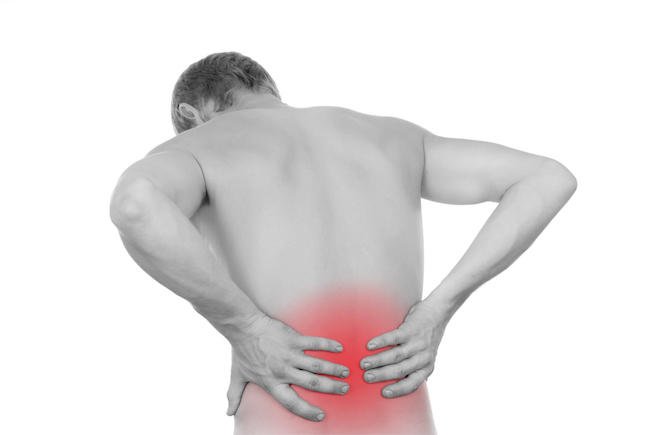
 There are several ways you can develop a bulging disc. It is often thought that this is a normal part of the aging process, but it is certainly not the case. With aging comes less muscle density. The weaker your muscles, the more susceptible to injuries you can become. Things like chronic dehydration, repetitive movements, heavy lifting, improper form while lifting or working out, genetics and obesity are some of the most common causes of the weakening outer layer of your discs.
There are several ways you can develop a bulging disc. It is often thought that this is a normal part of the aging process, but it is certainly not the case. With aging comes less muscle density. The weaker your muscles, the more susceptible to injuries you can become. Things like chronic dehydration, repetitive movements, heavy lifting, improper form while lifting or working out, genetics and obesity are some of the most common causes of the weakening outer layer of your discs. 
